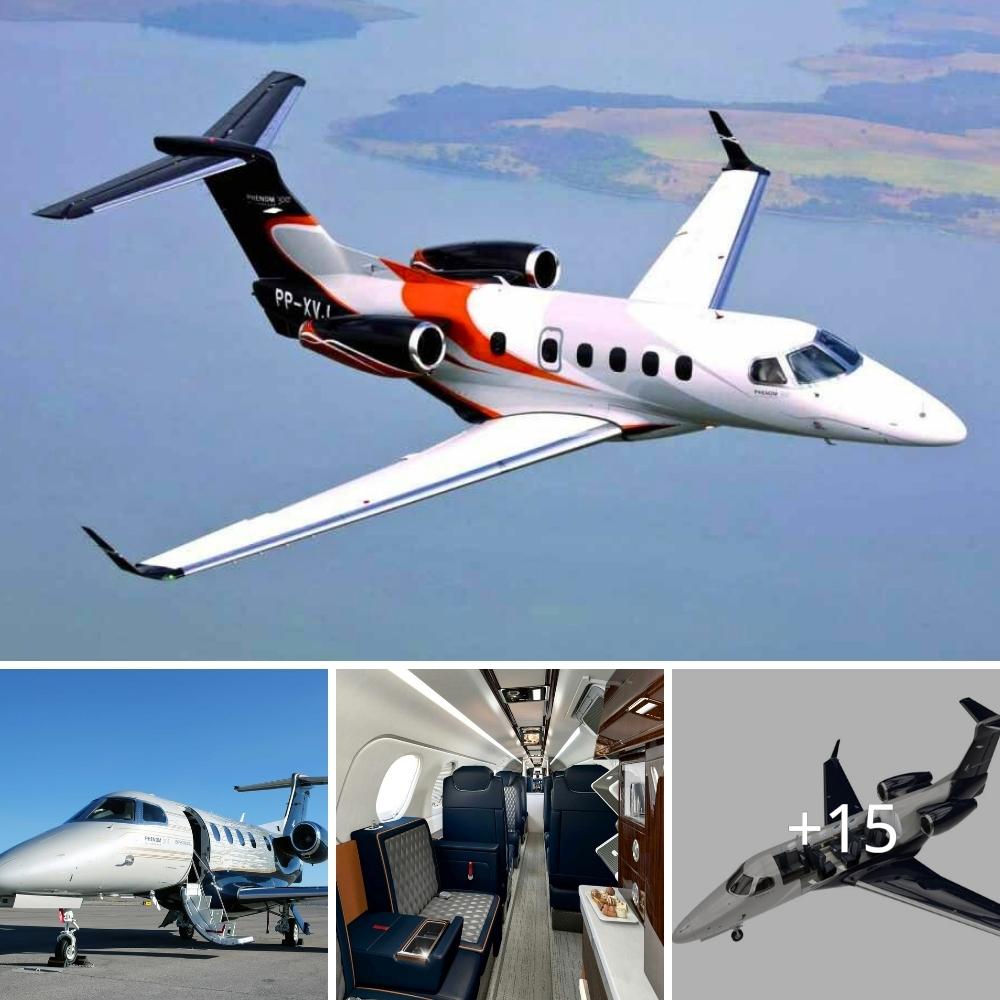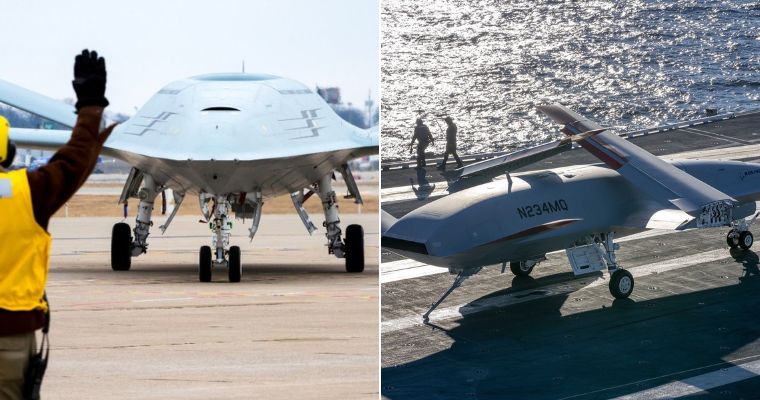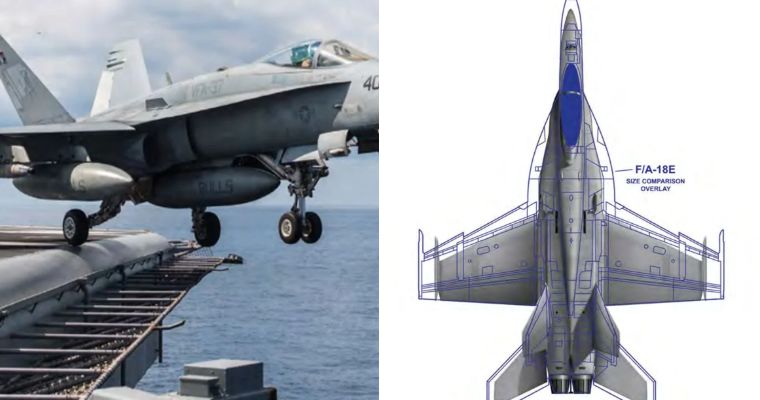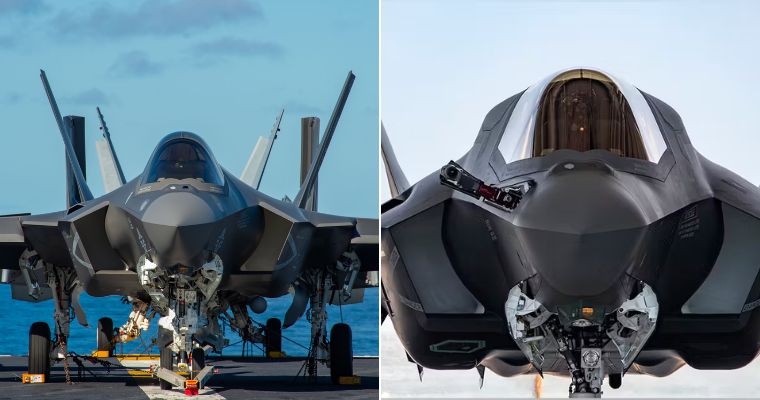Of course, now, as the world’s powers transition back toward Great Power Competition, it’s fair to say that some of these aircraft offered capabilities the United States could really use in its hangars, in case of such a high-end fight. None of these platforms are likely to be pulled out of mothballs, however, for the same reasons the F-22 program itself won’t be; because it’s been decades since the F-22 first took to the skies, and today, it would likely be just as pricey or potentially even cheaper to build a better aircraft from scratch. That’s just how technology rolls.
 Some of the platforms never came to fruition because there was no pressing need for the capabilities they offered, or because cheaper alternatives were better suited to the financial limitations of a program, but there’s another important element to consider when perusing this list of dismissals. America was fighting a war on multiple fronts against opponents with no serious air defense capabilities and no actual airpower to speak of, so advanced stealth platforms based on the world’s most capable and expensive air superiority fighter just didn’t seem like a prudent use of any sizeable portion of the defense budget at the time. ‘
Some of the platforms never came to fruition because there was no pressing need for the capabilities they offered, or because cheaper alternatives were better suited to the financial limitations of a program, but there’s another important element to consider when perusing this list of dismissals. America was fighting a war on multiple fronts against opponents with no serious air defense capabilities and no actual airpower to speak of, so advanced stealth platforms based on the world’s most capable and expensive air superiority fighter just didn’t seem like a prudent use of any sizeable portion of the defense budget at the time. ‘
So, while some of these F-22 iterations or derivatives might be better than the platforms currently filling those slots on Uncle Sam’s fighter roster, it’s important to remember that the Air Force’s Next Generation Air Dominance program is already at full steam ahead, and if it lives up to the hype, it should leave the F-22, as well as its hypothetical counterparts on this list, in the dust.
The FB-22: The F-22 as a bomber
The FB-22 stealth bomber would have shared a number of components with its fighter counterpart, though it would have added significant range and payload, as well as a second crew member, at the cost of some of the legendary platform’s acrobatic performance. The goal was to meet the Air Force’s need for a regional or medium-range bomber that could bridge the capability gap between fighter air-to-ground operations and long-range bombers with heavy payload capabilities.
The FB-22 leveraged large delta-shaped wings that dramatically increased lift and fuel capacity while offering more room for ordnance in an enlarged internal payload bay and detachable stealth munition pods.
If it had been put into production, the FB-22 could have been the stealthiest fighter/bomber on the planet, and the only supersonic stealth bomber ever to enter operational service for any nation. But it might be more appropriate to think of it as a stealthy replacement for the F-15E Strike Eagle in some ways. The effort came to a close in 2006, amid budget cuts brought about by the Global War on Terror.

You can read more about the FB-22 effort and its ultimate dismissal in our full feature on the topic here.
NATF-22: The F-22 for carrier duty
As the F-22 program matured, it impressed a lot of people — including members of Congress, who pressed the Navy to consider adopting a sweep-wing version of the new fighter under the NATF (Naval Advanced Tactical Fighter) program that began in 1988.
In order to make the F-22 suitable for carrier duty, Lockheed Martin would have had to incorporate a number of significant changes to the F-22’s design. Alongside the usual changes one can expect out of a carrier-capable aircraft (things like a strengthened fuselage and added tail hook), a Navy variant of the F-22 would have incorporated a variable sweep-wing design similar to that employed by the Navy’s existing F-14 Tomcats.
This addition, perhaps more than any of the others, would have been a real challenge for engineers to contend with. Sweep wings were expensive to maintain to begin with, but incorporating a sweep-wing design into a stealth aircraft may have been nearly impossible without sacrificing some degree of low observability.
Before the first Raptor took flight, the Air Force wasn’t looking for only a single-seat fighter. In fact, the prototype order the Air Force gave Lockheed Martin called for seven single-seat iterations of the aircraft for testing (F-22As) and two twin-seat F-22Bs.
There are a number of reasons for building a fighter with room for a second occupant, from pilot training to distributing the mental load of elaborate and advanced combat operations. Like the F-14 Tomcat, F-15E Strike Eagle, and many other twin-seat fighters, the rear operator can track enemy targets and friendly aircraft, increase situational awareness, operate electronic warfare suites and countermeasures, and generally allow the pilot to focus on flying.
The twin-seat F-22B never made it into production, but if it had, it may have made the air superiority fighter a more promising option as a medium-range bomber or a better suited for the attack role fighters aboard carriers often have to fill. There’s a whole lot of maybe’s balled up in that second ejection seat that never found its way into the Raptor.

The X-44 Manta: Taking the F-22’s thrust vectoring to next level
Way back in 1999, Lockheed Martin had a plan to field a delta-shaped stealth fighter that skipped the need for a conventional tail section, in the F-22-based X-44 Manta. This program wasn’t aimed at active service, however, and was rather aimed at producing a viable technology demonstrator.
Instead of using a conventional tail section with both vertical and horizontal control surfaces, the Manta aimed to leverage thrust vector control, or directing the flow of the engine’s thrust alone, to give the aircraft the acrobatic capabilities it would need in a high-end dogfight.

Today, some (including this author) have wondered if elements of the X-44 Manta program may have found their way into the development of the NGAD fighter. Only time will tell.
Source: nationalinterest.org








